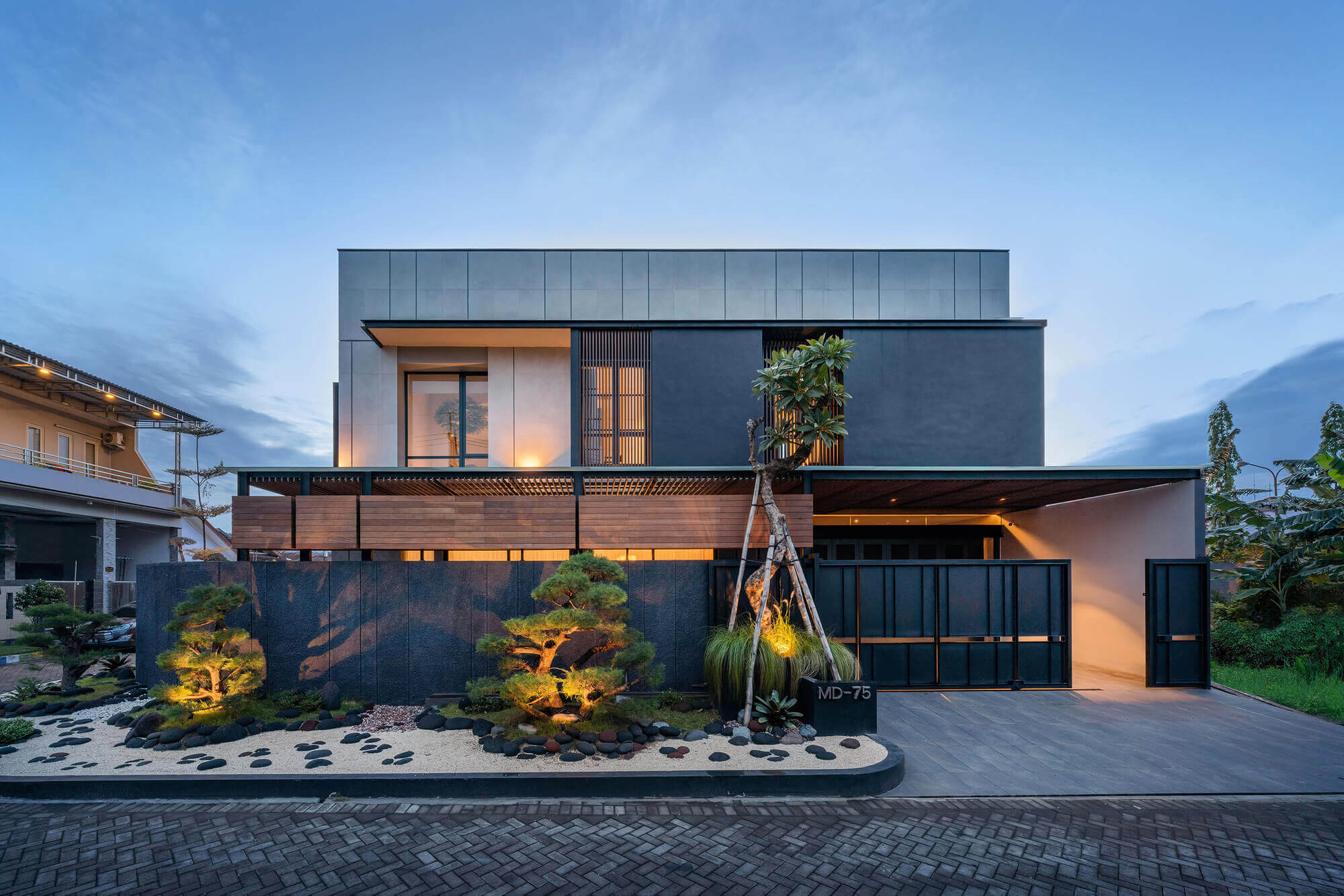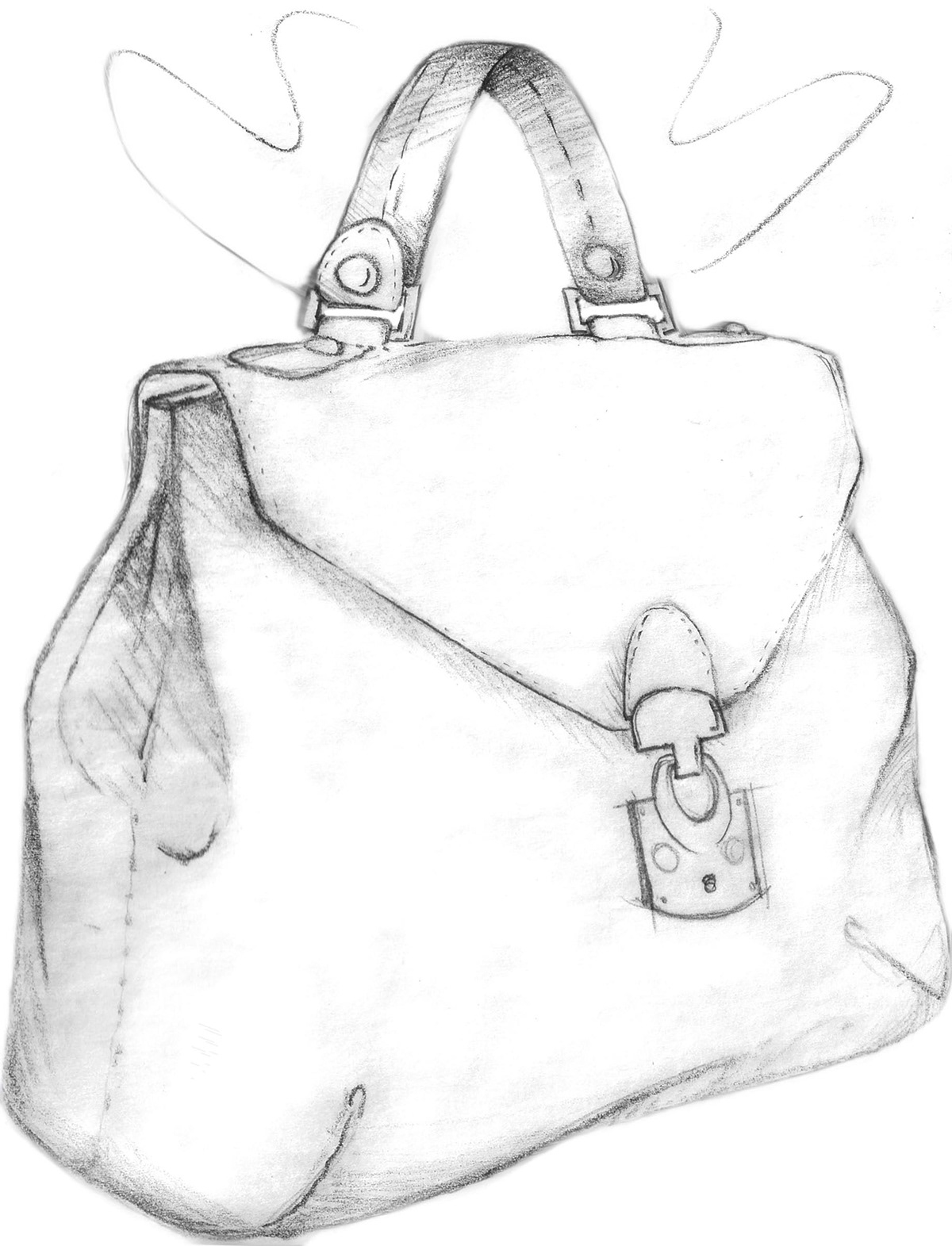Table Of Content

It perfectly balances beauty and functionality and is made from white oak, making it light in colour and in form. When it comes to furniture, the approach is similar – natural materials, organic shapes and a pared-back aesthetic tend to be prevalent. The vase’s starring role was a nod toward France’s burgeoning love affair with all things Japanese, as well as an admiring acknowledgment of Japonisme, the French interpretation of that culture’s aesthetics. But it wasn’t just the colors, shapes and crafts of Japan that Paris had become entranced by.
Essential Japanese Design Principles
Traditional Japanese houses have a special relationship with nature. In extreme cases, the best part of a lot was given over to the garden, and the house design on the land left over. Entire shoji walls can be pushed aside, creating an intimate unity with the garden. Carpenters in Japan have perfected techniques of drawing out the intrinsic beauty of wood. Brick buildings, when first built in Ginza around 1870, stayed untenanted for a long time, because people preferred to live in well ventilated wooden buildings. These three designers contributed significantly to corporate branding, advertising, poster art, and more.

Nagano Interior
Ikea Sötrönn collection: Scandinavia meets Japan - Wallpaper*
Ikea Sötrönn collection: Scandinavia meets Japan.
Posted: Thu, 25 Apr 2024 11:30:43 GMT [source]
Clean, sparse aesthetic approaches trace back to Zen art influences. This appreciation of negative space, asymmetry, and simplicity imbues visual harmony. We see this in branding elements like Muji’s logo or Issey Miyake’s fashion silhouette. Whether you’re a fan of minimalism, asymmetry, or traditional Japanese art forms, these designers will have you in awe with their incredible designs.
Choose your graphic design color palette
You may also see a broader range of textiles and textures, combining the various natural materials that both styles respectively use. “This combination makes an interesting space with different use of natural materials and shapes, and creates contrast in multiple ways,” Rietbergen explains. “The common love for craftsmanship is also found in Japandi style interiors,” she adds. Kozaburo Akasaka is a Japanese-born, New York-based designer who has been making a name for himself with his innovative designs and meticulous attention to detail. He is known for his distinctive style that blends traditional Japanese design elements with contemporary Western aesthetics. His designs are often described as gender-fluid, as he blurs the lines between menswear and womenswear.
Don’t be surprised to see lots of images of Mount Fuji, the Rising Sun, Lucky Cats or Sumo Wrestlers. Do it like Marie Kondo, and get rid of anything that’s unnecessary. In traditional Japanese aesthetics, Wabi-Sabi is a worldview centered on the acceptance of imperfection that comes from Zen Buddhism and Chinese Taoism. With postmodernism and the popularity of computer software like Photoshop and Illustrator, a whole new world of design possibilities was available, and the Japanese fully embraced it.
Nothing says "unique" like custom Japanese artwork designed just for you by a professional artist. We’ve collected some amazing examples of Japan and Japanese art from our global community of illustrators. Danielle Demetriou is a British writer and editor who moved from London to Japan in 2007. She writes about design, architecture and culture (for newspapers, magazines and books) and lives in an old machiya townhouse in Kyoto. 'When I think about making portable lamps there are often lots of different pieces, but I wanted to make this as simple and efficiently as possible, so it is one piece of aluminium,' explains Oshiro.
This pattern is often used on kimono material and is thought to bring good fortune. A kimono with a Kanoko pattern on is considered a luxury item due to the intensive labor required to create it. Hishi is a pattern where two parallel lines pass to create geometrical shapes. The meaning of Hishi is water caltrop, a rhombus-shaped aquatic plant. Miyake's on the global fashion industry is immense, and his designs have been exhibited in museums around the world. His use of technology in fashion has helped to shape the industry in significant ways.
Ukiyo means "to float" and initially expressed the transitory nature of life. Later, it represented the fleeting pleasures of Japanese society in the form of woodblock prints of plays, beautiful women, and scenic views. The people and places in the "pleasure quarters" were popular subjects in ukiyo-e.
An additional benefit of this tradition is it serves as a method of passing on traditional building techniques from one generation to the next. Futons are usually stored away during the day and replaced by small tables and zabutons. Objects placed in a space are often functional, but also transitory. An indulgence my Japanese wife and I enjoy when we travel to Japan is staying at ryokans in different parts of the country. The food served at a ryokan is usually kaiseki style, which is fine traditional Japanese, very elaborate, and often served in private tatami rooms.
Wabi-Sabi has a lot in common with modernism, but it’s more intuitive, asymmetric, warm, and fluid. This technique tries to keep the essence of a design without losing the poetry. (Available for purchase with edits) The illustration is based on several type of puppy breed, done in cute (kawaii) style.
This is the name that'll be displayed next to comments you make on kottke.org; your email will not be displayed publicly. I'd encourage you to use your real name (or at least your first name and last initial) but you can also pick something that you go by when you participate in communities online. Choose something durable and reasonably unique (not "Me" or "anon"). We’re an online magazine dedicated to covering the best in international product design. We have a passion for the new, innovative, unique and undiscovered. Currently, the price of producing CO2-SIUCOM concrete is about three times higher than usual concrete in Japan.
Hiromi Asai is a kimono and fashion designer who uses high end textiles made solely in Japan. The designer is concerned with preserving the vitality of the kimono, which has made a long history through time. While supporting the continuation of the kimono itself and reinserting it into the minds of designers and consumers of fashion, Asai additionally cultivates fashion lines using kimono fabric and kimono aesthetics. At the New York Fashion Week of 2016, Asai sent her kimono designs onto the runway and did just that. Her designs are sleek and bold; colorful and reflective of the clothing she breathes life into.
His Wink lounge chairs, designed in 1980, display the influences of both countries — the latter evident in the pieces’ playful shape and bright colors, the former in their versatility. The lime-washed grey walls in the kitchen create a stone-like aesthetic, which is common in Japanese design. The entryway embraces the natural comfort found in Scandinavian design. Japandi homes, though a more established style now, date back hundreds of years. “After the closed-border policy of Japan, which lasted for around 200 years, they opened their borders in the mid 1850s,” Rietbergen explains. Scandinavian designers and artists began visiting Japan and quickly became enthralled with the Japanese style.
The young Fukushima born designer worked his way up and eventually was able to begin his own line under the Commes des Garçons name. Like his mentor, Rei Kawakubo, who is known for her offbeat and singular style, Watanabe has made a name for himself by making unique texture choices. Some have called him a “techno couture” designer for the way he uses fabric; draping techniques, distinctive concepts, and the uniqueness of the material itself. Similar to his mentor, the designer doesn't often give interviews and is rarely seen in the public eye. Though he began his career pursuing a law degree, high fashion designer, Yohji Yamamoto, altered his course to help his mother at her dressmaking shop.
Koichi Sato is the 11th head of a family of landowners in Akita, in the northern part of Honshu. Winters here are severe, and everything mantles over with thick snow from November to April. While the exterior and parts of this imposing edifice are built to withstand extreme weather conditions, parts of the interior have been design in the delicate aristocratic Shoin style.











